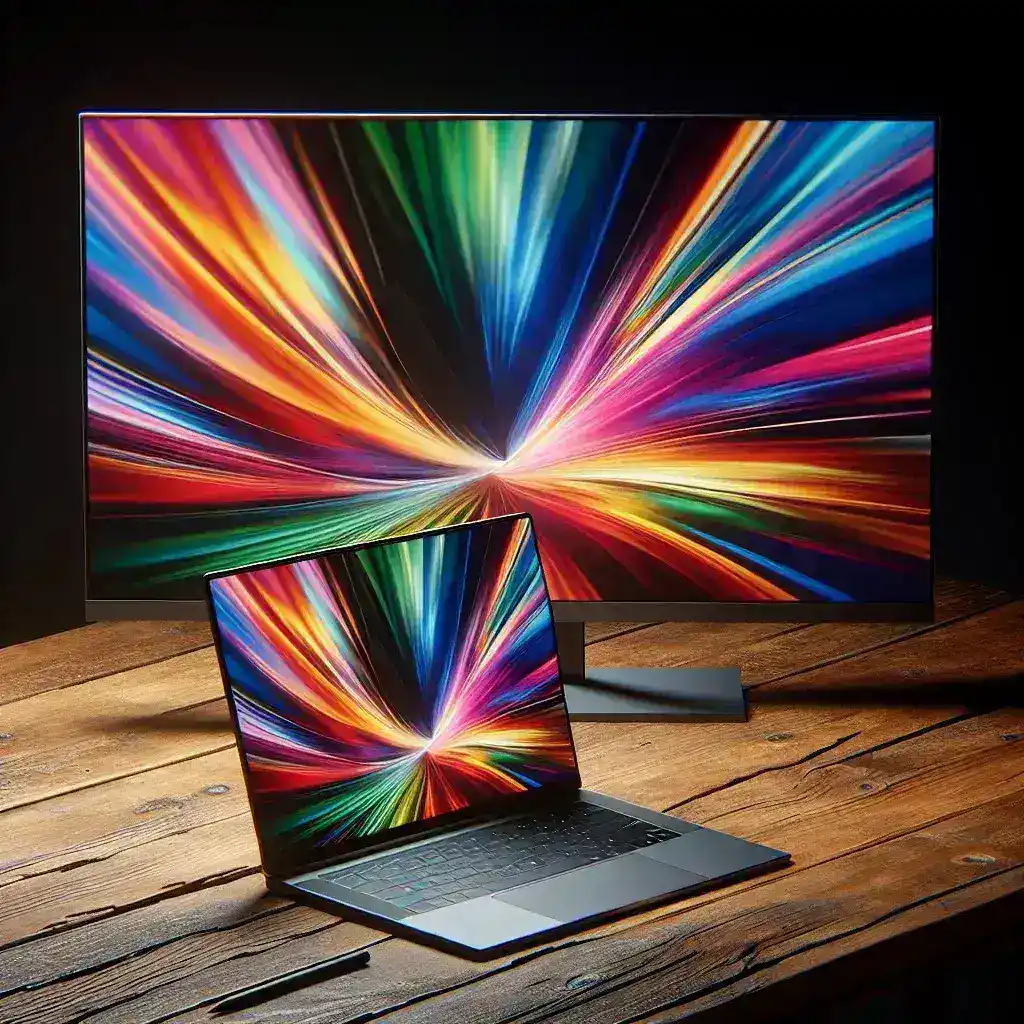In today's digital world, having a high-quality display is essential for both work and play. OLED monitors are rapidly becoming a popular choice due to their superior color accuracy, deep blacks, and better overall image quality compared to traditional LCD monitors. But the big question remains: Can you use an OLED monitor with a laptop?
Understanding OLED Technology
OLED, or Organic Light Emitting Diode, utilizes organic compounds that emit light when an electric current is applied. Unlike LCD monitors, which require a backlight, each pixel in an OLED monitor independently lights up, allowing for better contrast and more vibrant colors.
Benefits of OLED Monitors
| Feature | LCD Monitors | OLED Monitors |
|---|---|---|
| Color Accuracy | Good | Superior |
| Contrast Ratio | Lower | Higher |
| Response Time | Good | Excellent |
| Power Consumption | Higher | Lower (in dark mode) |
Compatibility with a Laptop
Using an OLED monitor with your laptop is generally straightforward but involves several considerations. Here are a few key points:
- Ports and Connections: Ensure your laptop has the necessary ports, such as HDMI, DisplayPort, or USB-C. Most modern laptops come with these options.
- Graphics Capability: Your laptop’s graphics card should support the resolution and refresh rate of the OLED monitor to deliver optimal performance.
- Driver Support: Make sure you have the latest drivers for your GPU. Updated drivers can enhance compatibility and fix potential issues.
Set Up Your OLED Monitor with a Laptop
1. Check the Ports: Identify which ports your laptop and OLED monitor have. Common ports include HDMI, DisplayPort, and USB-C.
2. Connect the Cables: Use the appropriate cable to connect the laptop to the OLED monitor. Ensure the cable supports the monitor's resolution and refresh rate.
3. Configure Settings: Once connected, right-click on your desktop and go to display settings. Here, you can arrange your monitors and adjust settings like resolution, orientation, and scaling.
4. Update Drivers: Install the latest drivers from the GPU manufacturer’s website to ensure compatibility and optimal performance.
Advantages of Using an OLED Monitor
Connecting an OLED monitor to your laptop can provide significant advantages:
- Enhanced Productivity: Dual-monitor setups, especially with high-quality displays, can make multitasking easier and more efficient.
- Superior Visual Quality: Ideal for graphic design, video editing, and media consumption, an OLED monitor offers better color accuracy and contrast.
- Eye Comfort: OLED technology reduces blue light emission and flicker, which can alleviate eye strain during prolonged usage.
Considerations Before Buying
Before purchasing an OLED monitor, consider the following:
- Budget: OLED monitors tend to be more expensive than their LCD counterparts. Ensure it fits within your budget.
- Usage Needs: Assess whether the enhanced visual quality justifies the investment, especially if you are into content creation or gaming.
- Maintenance: OLED monitors can experience burn-in if static images are displayed for too long. Consider settings or software that can mitigate this.
Conclusion
In conclusion, using an OLED monitor with your laptop is not only feasible but can also greatly enhance your computing experience. With better color accuracy, superior contrast, and faster response times, OLED monitors stand out as a premium choice for professionals and gamers alike. Just be sure to check compatibility, ports, and drivers to fully enjoy the benefits.

